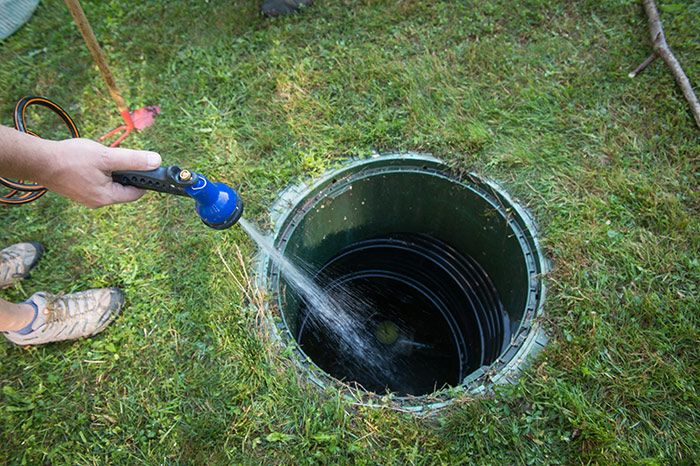Understanding the essentials of septic system care is crucial for homeowners to maintain the health and functionality of their waste management process. According to the EPA, more than 60 million people in the U.S. utilize septic systems, which makes proper maintenance not just a personal responsibility but also an environmental necessity. This guide provides insights and practical advice for maintaining your septic system effectively.
1. How Does a Septic System Work?
A septic system is designed to treat wastewater from household plumbing through a series of steps. Typically consisting of a buried, watertight container made of one of three materials, concrete, fiberglass, or polyethylene, the system functions by separating solids from liquids. Wastewater flows into the septic tank, where solids settle to the bottom, forming sludge, while lighter materials like oils float to the top, creating scum.
The liquid effluent then flows out of the tank into a drain field, where it percolates through the soil. The soil acts as a natural filter, breaking down harmful pathogens and nutrients before the water returns to the groundwater supply. This process highlights the importance of keeping your septic system well-maintained to ensure efficient wastewater treatment and protect the environment.
2. How to Conduct Regular Maintenance on Your Septic System
Regular maintenance is vital for prolonging the life of your septic system and avoiding costly repairs. Here are some essential maintenance practices:
- Regular Inspections: Have your septic system inspected by a professional every one to three years, depending on the size of your tank and the number of household occupants. During these inspections, the technician will check for leaks, evaluate the sludge and scum levels, and assess the condition of the drain field.
- Pump the Tank: It is generally recommended to pump your septic tank every three to five years. This removes built-up sludge and scum, preventing clogs and ensuring proper function.
- Watch Water Usage: Minimize water usage to avoid overwhelming your septic system. Fix leaks, spread out laundry loads, and install water-efficient fixtures to help reduce the amount of wastewater entering the system.
3. What Can and Cannot Be Flushed or Drained?
One of the most critical aspects of septic system care is understanding what can and cannot be flushed or drained. Flushing inappropriate items can lead to clogs and system failures.
What Can Be Flushed:
- Human waste
- Toilet paper (preferably septic-safe)
- Biodegradable soaps and detergents
What Cannot Be Flushed:
- Non-biodegradable products (e.g., wipes, feminine hygiene products)
- Grease and oil
- Chemicals (e.g., paints, solvents, pesticides)
- Pharmaceuticals and personal care products
Educating all household members about these guidelines is essential to ensure that the septic system operates effectively.

4. When Is It Time to Replace Your Septic System?
Replacement may be necessary when repairs become too costly or the system fails to function effectively. Here are some signs that it may be time to consider replacing your septic system:
- Age of the System: According to Comfy Living, up to 50% of homes in the U.S. were built before 1980, making many septic systems older and potentially less efficient. If your system is nearing or exceeding its lifespan, it might be time to look into replacement options.
- Frequent Backups: If you experience regular backups in your plumbing, even after pumping and repairs, it may indicate that your system is failing.
- Drain Field Issues: Persistent pooling water or lush vegetation in your drain field can signal that the system is no longer working effectively.
Maintaining a septic system is crucial for household health and environmental protection. By understanding and implementing proper care and maintenance strategies, homeowners can ensure their septic systems function efficiently for years to come. Take these steps and you can ensure that your septic system remains a reliable waste management solution for your household.






